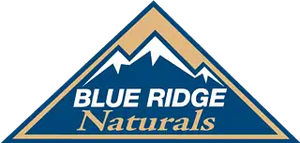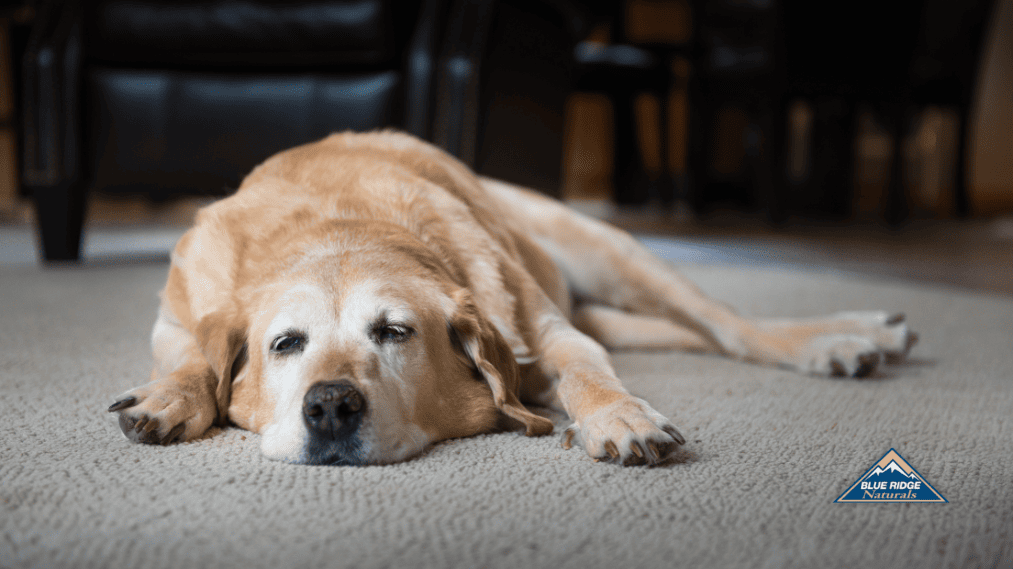For years, many have believed the saying, “You can’t teach an old dog new tricks.” As it turns out, those “believers” may have been barking up the wrong tree. Believe it or not, teaching adult dogs new tricks in the form of basic commands or lifelong habits like potty training, is definitely attainable!
With dogs and humans alike, training takes extreme amounts of time and patience. Potty training adult dogs is no different. It’s important to remember that a multitude of factors may contribute to an adult dog being untrained. Nonetheless, hope is still on the horizon. Maybe now is the perfect time to leave your worries behind and discover how to potty train an older dog the right way. Keep reading to learn several important tips!
Reasons Why Adult Dogs Aren’t Potty Trained
- They were never properly trained earlier in life
- Your dog may have lived in an outdoor setting
- They may have lived in a home or shelter where they could only go on concrete, newspaper, or crate bedding
- Adult dogs may find it more “convenient” to go indoors
NOTE: If you have an older dog who was previously potty-trained but is now having issues, be sure to consult your vet right away to rule out any medical factors.
Before You Start: How To Prepare
Designate A Confined Area Of Your House
When potty training adult dogs, it’s best to select a secure spot in your home where you can keep your pet confined any time you’re not able to watch them. Tile is easiest to clean in case of accidents. It’s also helpful to put up pet gates or an exercise pen to keep your pup from wondering, between potty breaks. Crates are also beneficial training tools, but should only be used on older dogs who are already crate trained.
Introduce Potty Pads
If supervision for longer periods of time isn’t possible, use potty pads when potty training adult dogs within their confined space. Using pads will still continue to progress training and allow your pup a “legal bathroom” when left unattended.

DURING: The Training Process
Take Hourly Potty Breaks
Get into a groove of taking your dog out to go potty every hour or so. Wait a few minutes for your pup to do their business and guide them back inside to their confined space. If they don’t potty within minutes, take them back inside to their space and wait another 15 minutes before taking them back outside. Repeat until they get the memo.
Play After Potty
As a reward, allow some time for your dog to roam around outdoors after they do their business. Your pup will catch on to the fact that the quicker they relieve themselves, the quicker they get to play! Returning back indoors too quickly could teach your dog that pottying puts an end to playtime, which might cause them to hold it in longer in order to remain outdoors (pesky little puppers!).
Limit Playtime After Potty Breaks
Once your dog has done the deed, limit supervised playtime to no more than 15 minutes. Unless of course you’re taking them on a walk or enjoying another form of exercise together. When it comes to potty training an older dog, it’s best to stick to a routine. This will help them learn quicker!
Establish A Routine
Most importantly, don’t forget to repeat the process to establish a routine your dog won’t be able to unlearn. Rewarding them with savory snacks like our Peanut Butter Coated Sweet Potato Bones is also a great idea and can be an added incentive for following proper potty protocol. What are the best dog treats for senior dogs? Find out here!

AFTER: Managing Accidents
Clean Up Messes Properly
When potty training adult dogs, accidents are bound to happen. After a slip-up, clean accidents around the house thoroughly so your dog doesn’t associate past odors with a spot for relieving themselves. Eliminating past scents may involve some dirty work. Scrub the area with a stain and odor remover spray, then make sure the newly-cleaned area is rid of any remaining odors.
Track Potty Patterns
If an accident occurs while potty training an adult dog, track patterns that involve pacing, circling, sniffing, or quickly exiting the room. There’s a chance you may have missed these cues prior to noticing that wet stain on the carpet (it’s all part of the training!). Learn to spot the cues and respond as fast as possible to allow time to guide your dog to the correct potty spot. Over time, your dog should catch onto your immediate response to their behaviors.
Don’t Enforce Strict Punishments
As much as you may feel the urge to punish your dog after an accident, this may result in negative long-term behavior. Punishing your dog by yelling at them could lead to a permanent fear of pottying in front of you. They might even be tempted to sneak away to potty elsewhere. Instead, say something right away to get their attention, and take your dog outside to finish.
Have Patience
Most importantly, it’s vital to know that potty training adult dogs isn’t an overnight feat. Your pup will be just as eager to learn proper house training techniques when met with positive reinforcement (having Pork Jerky treats on deck is always a good idea!). Remember, patience is a paw-sitive virtue, so don’t give up and keep trying!


